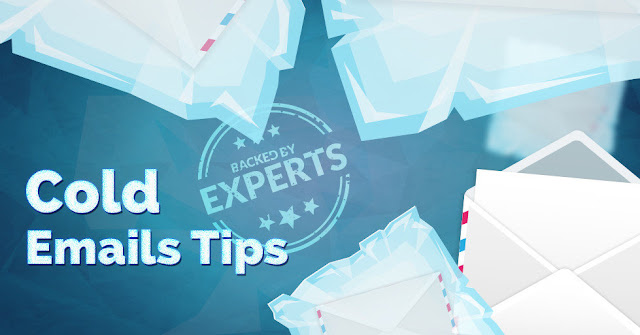However, there are different types of email marketing, including cold emails and newsletter marketing, each with their own unique characteristics and purposes.
Cold Emails?
Cold emails are unsolicited emails sent to individuals who have not opted-in or expressed interest in receiving communication from a particular company. The primary purpose of a cold email is to introduce the sender's product or service and convince the recipient to take action, such as making a purchase or scheduling a meeting.
Cold emails are often used by sales teams to reach out to potential customers who may benefit from their products or services. These emails are sent to a list of contacts that the company has either purchased or acquired through other means, such as scraping websites or attending networking events.
One of the key differences between cold emails and other types of email marketing is that they are typically personalized to the recipient. Cold emails are usually written in a more conversational tone and may include references to the recipient's company or industry. The goal is to establish a connection with the recipient and build trust, making them more likely to take the desired action.
However, it's essential to be careful when sending cold emails, as they can easily be perceived as spam if they are not relevant or targeted. To avoid this, companies must ensure that the emails they send are tailored to the recipient and include a clear call-to-action that explains why the sender is reaching out.
Newsletter Marketing?
Newsletter marketing, on the other hand, involves sending regular updates to a list of subscribers who have opted-in to receive communication from a particular company. These updates typically include information about the company's products or services, industry news, or relevant articles or blog posts.
The primary goal of newsletter marketing is to keep subscribers engaged with the company's brand and build a long-term relationship. By providing valuable content on a regular basis, companies can establish themselves as thought leaders in their industry and earn the trust of their subscribers.
One of the key advantages of newsletter marketing is that it allows companies to build a loyal subscriber base over time. Subscribers who receive regular updates are more likely to engage with the company's content and take action, such as making a purchase or sharing content with their own network.
Unlike cold emails, newsletter marketing is typically less personalized and more focused on providing value to the subscriber. While newsletters may include some personalization, such as using the subscriber's name in the email, they are generally not tailored to the individual recipient.
However, it's still essential to be careful when sending newsletters to ensure that they are relevant and valuable to the subscriber. Companies must consider their target audience and ensure that the content they send is tailored to their interests and needs.
Which one is better?
The answer to this question depends on the company's goals and the target audience. Cold emails may be more effective for reaching out to potential customers who may not be aware of the company's products or services. By providing personalized outreach, companies can build a connection with the recipient and encourage them to take action.
However, cold emails can be more challenging to execute effectively, as they require careful targeting and personalization to avoid being perceived as spam. Companies must also ensure that their emails comply with relevant regulations, such as the CAN-SPAM Act, which sets rules for commercial email messages.
Newsletter marketing, on the other hand, is a more sustainable approach that focuses on building a long-term relationship with subscribers. By providing valuable content on a regular basis, companies can establish themselves as thought leaders in their industry and build a loyal subscriber base over time.
However, newsletter marketing can also be challenging, as it requires companies to consistently create and distribute valuable content to their subscribers. Companies must also ensure that their newsletters are relevant and valuable to their subscribers, as unsubscribing is just a click away

